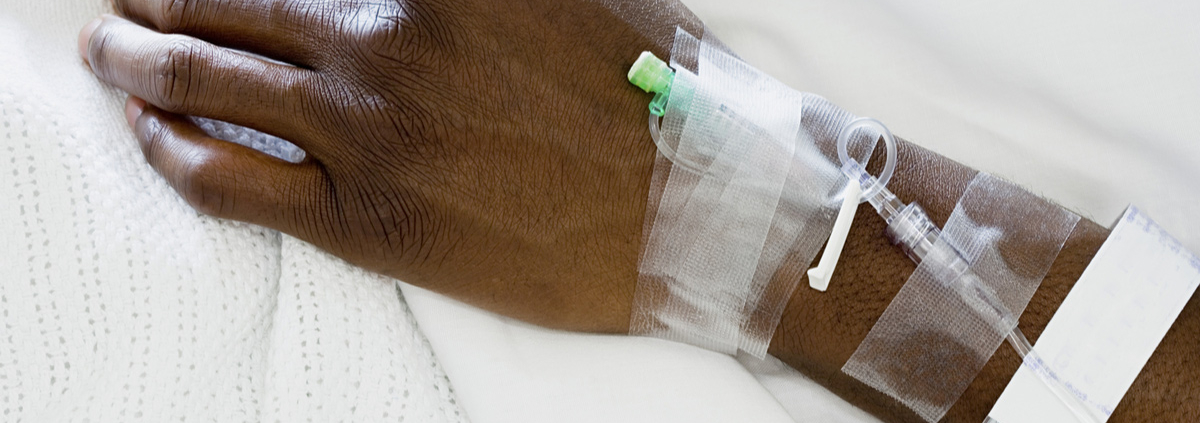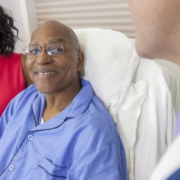Important Information about Bed Sore Injury Cases
Long-term residents of nursing homes often fall prey to various complications related to a sedentary lifestyle. Their personal health status will often be the defining factor when activity and movement are considered by medical staff. Some of these living situations, however, are less than adequate. Neglect, unfortunately, is a common occurrence and can result in the development of bedsores, among other health issues. A loved one in nursing home care should be monitored regularly by family and friends to assess the standard of care. If a bedsore should appear and worsen while in the facility, there are some options to consider before seeking legal recourse.
Bed Sore Facts
Bedsores appear on the skin and can reach all the way to the bone in severe cases. These sores are caused by the sedentary lifestyle of elderly and ill patients. Pressure from one’s own weight, while remaining in one bodily position long term, causes a decrease in blood flow and oxygen to the area. The tissue eventually becomes infected and dies. This open wound can lead to serious secondary infections and even death. The best treatment is prevention with proper care and movement of the patient. They can be very difficult to control and cure once the descent of health is underway.
First Appearance of the Sore and Documentation
It is necessary to have proper evidence of the nursing home’s role in the bedsore issue. Check the person in care at every visit, so you can be sure of the exact date of the bed sore’s appearance. If the patient will be sent from hospital care directly to a nursing home, have the hospital staff check and document the condition of the skin prior to discharge. This will help to show evidence of prior bed sore absence or condition. You will also be able to tell if the affected area improves or worsens while in residence at the nursing home in question. Evidence of the negative progression of the bedsore is a necessity when defending your loved one in a legal encounter.
Your lawyer will ask for any documentation you have collected in relation to the case you are proposing. Preparation for this will involve your dedication to the retrieval of medical records, dated pictures of the sore, and securing of witnesses. Be sure to meet with the doctor on appointment days. Ask for written documentation of the bedsore progression. You can also form your own written notes when you go for visits. These notes should accompany pictures taken on a digital device where a timestamp is included. Be sure to also include the treatment plan from the nursing home staff and documentation of daily medications and applications. This treatment plan should include regular removal of the patient’s weight from the offending area. If you visit and repeatedly find the patient in the same position, they are at risk for an increased amount of bedsores, as well as the deterioration of present ones.
Are Bedsores Cause for a Lawsuit?
The answer to this may vary from case to case. This is why proper documentation of the issue is so important. Cases, where bed sore lawsuits may be advisable, are those where the condition first appears in the new residential location, and where a worsening of a present condition is observed. Secondary infections, further health complications, and fatalities are also circumstances that may warrant legal action. If the nursing home staff can gather enough evidence to prove they are properly treating the symptoms and show improvement in the status of the sore, you may need to hold off on pressing for legal compensation.
Bedsore Settlement Amounts
Settlements that are approved in bed sore cases will vary in the final amounts offered. These variances will be due to the different stages of health concerns related to the bedsore. If the bedsore is fairly new and has worsened minimally, your compensation will be on the lower side. Bedsores that lead to secondary infection and surgical procedures will obtain a much higher amount. Compensation can reach into the millions when severe health problems come about. You can expect most cases to remain at 1 million or under, usually in the hundreds of thousands. Abuse and neglect are often determined to be the cause of these cases, leading to employee removal and facility reorganization, as well. These costs are considered to be related to health expenses, emotional trauma, and sometimes funeral necessities.
Who Pays for Bed Sore Treatment in Nursing Homes?
Medical procedures are usually covered by the patient’s insurance once they are residing in a nursing home. Many elderly rely on state-funded insurance plans. These plans can have strict policies on coverage or denial of specific ailments. In the case of bedsores, treatment costs may be expected to be covered by the institution that failed to properly prevent the development of the sores. Since bedsores usually happen when patients are bedridden, it is up to facility staff to follow proper prevention procedures. If a patient wins a legal case against a nursing home, care costs will then fall to the nursing home or be included in the settlement price. Out of pocket expenses are not usually incurred by sores that come into being in a certified and licensed care facility.
Compensation
Legal action is best pursued under the supervision of a legal firm knowledgeable with similar cases. Take the time to meet with a legal representative claiming past experience with nursing home and bed sore cases. A decent amount of medical knowledge is necessary to ensure excellent representation. There is hope for the possibility of compensation in relation to bed sore symptoms and obstacles.
How do you find out if you have a legal case or can be compensated? Call the Law Office of Figeroux & Associates for a FREE consultation at 855-758-8845. Remember, the lawyer you hire does make a difference! Get the right information, to make the right decision for yourself and your family.












Leave a Reply
Want to join the discussion?Feel free to contribute!